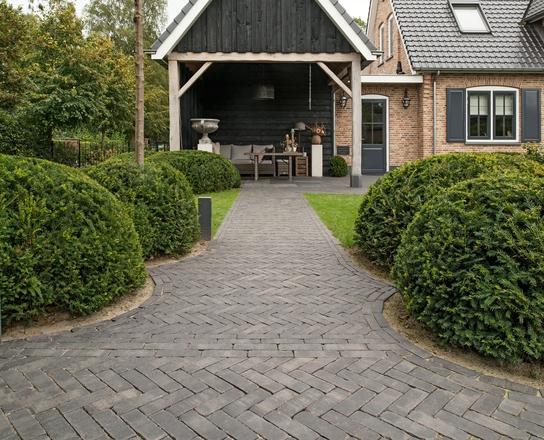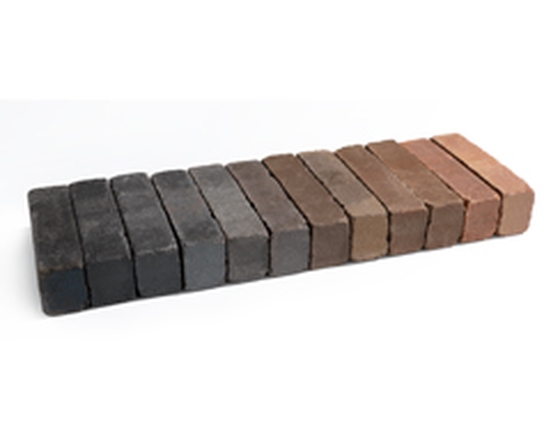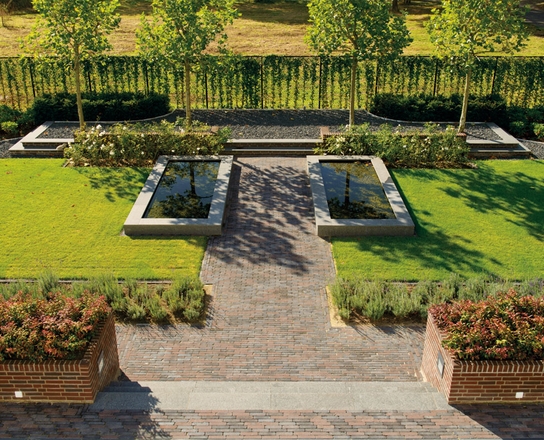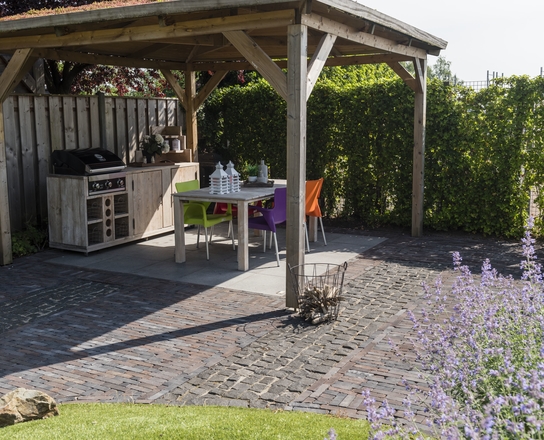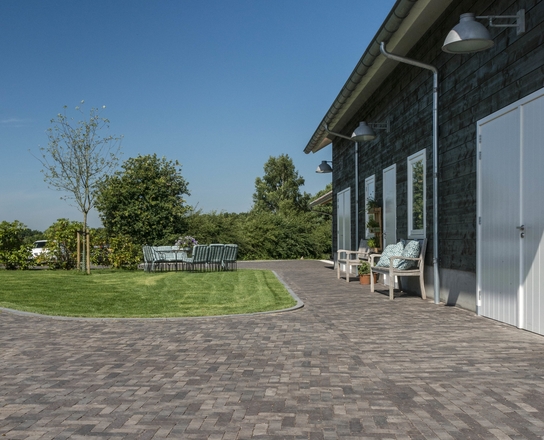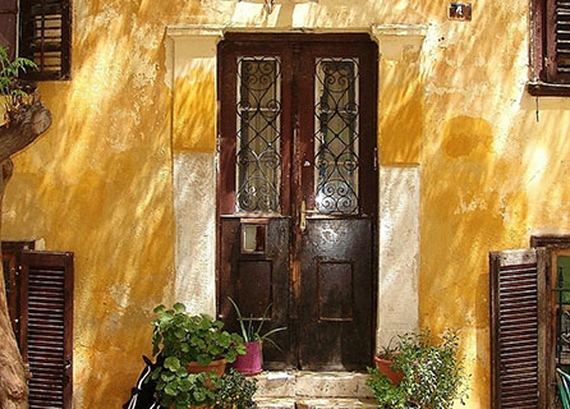
A climate-resistant garden
Over the past few years, you have probably heard it said that the climate is changing. Summers are hotter and drier, while extreme rainfall is causing concerns more frequently. A climate-resistant garden helps to lessen the impacts of extreme weather.
Prevent flooding with a smart drainage plan
Flooded basements, deep puddles in the street, the impacts of extreme rainfall can be serious. But, with a smart drainage plan, you can avoid a whole host of problems in your garden. In addition, you can also help to prevent sewers from becoming overloaded and roads from flooding. Good drainage starts with a permeable surface. If the soil consists of heavy clay or is very compacted, the rainwater will find it difficult to run into the ground. It can help to dig the soil over a little, and to mix it with compost to improve the structure. In addition, it’s also important to make sure that there is plenty of green in your garden. In a paved garden, the rainwater has nowhere to go. For added water infiltration, you can lay a lowered lawn or an underground gravel area.
Hang on to the water for drier weather
In extreme rain, the first thing you’ll want is to be rid of all that water. But, it’s important to keep as much water in your garden as possible for when you might need it, like in a heat wave. By not allowing the rainwater to drain into the sewer but infiltrate the ground, you will make sure that the ground is more moist for when the drought comes. A natural pond can be a nice addition too. You can also bring back the old-fashioned rain barrel (or water butt). It’s also a good idea to opt for plants that are resistant to drought, especially if your garden is on sandy soil. Hibiscus and gladioli do not need a lot of water, nor do the yellow lamium and anthericum.
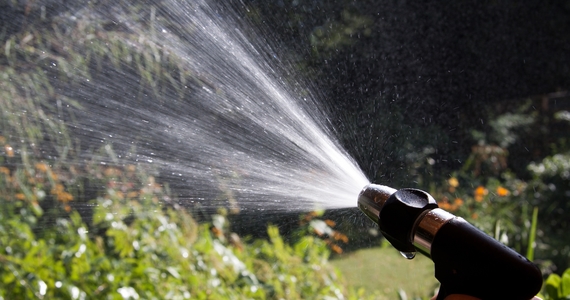
Prevent heat stress
Tropical temperatures in Europe are no longer unusual. The layout of your garden can shave a few degrees off, or add to it. A paved garden facing south with no trees will be much like an oven, and without shade, the bricks and paving will heat up quickly. At night, the stones will continue to emit heat, resulting in sleepless nights. As such, it’s a good idea not to pave any more than one third of your garden. Make sure that there is plenty of shade from trees and shrubs. A climbing plant along the house will keep the walls cool, and a green roof will keep the heat out.
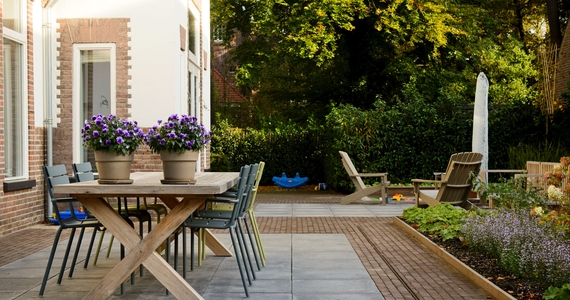
Climate-resistant paving in the garden
To prevent flooding and heat stress, it’s important never to pave more than one third of your garden. Clay pavers are the most climate-resistant option. Their convenient shape means that they have plenty of joints through which the water can drain away. Moulded pavers from Vandersanden also come with spacers – a small clay protrusion at the edge, that ensures that there’s always a 3 mm gap between each slab. To prevent weeds from growing between the pavers, you can use water-permeable mortar. Paving must always be laid with a slight slope to ensure that the rainwater can run off. Ensure that the water cannot run into your house, but instead angle the pavers towards the lawn, a border, or pond. You can also install drainage gutters and pits.


